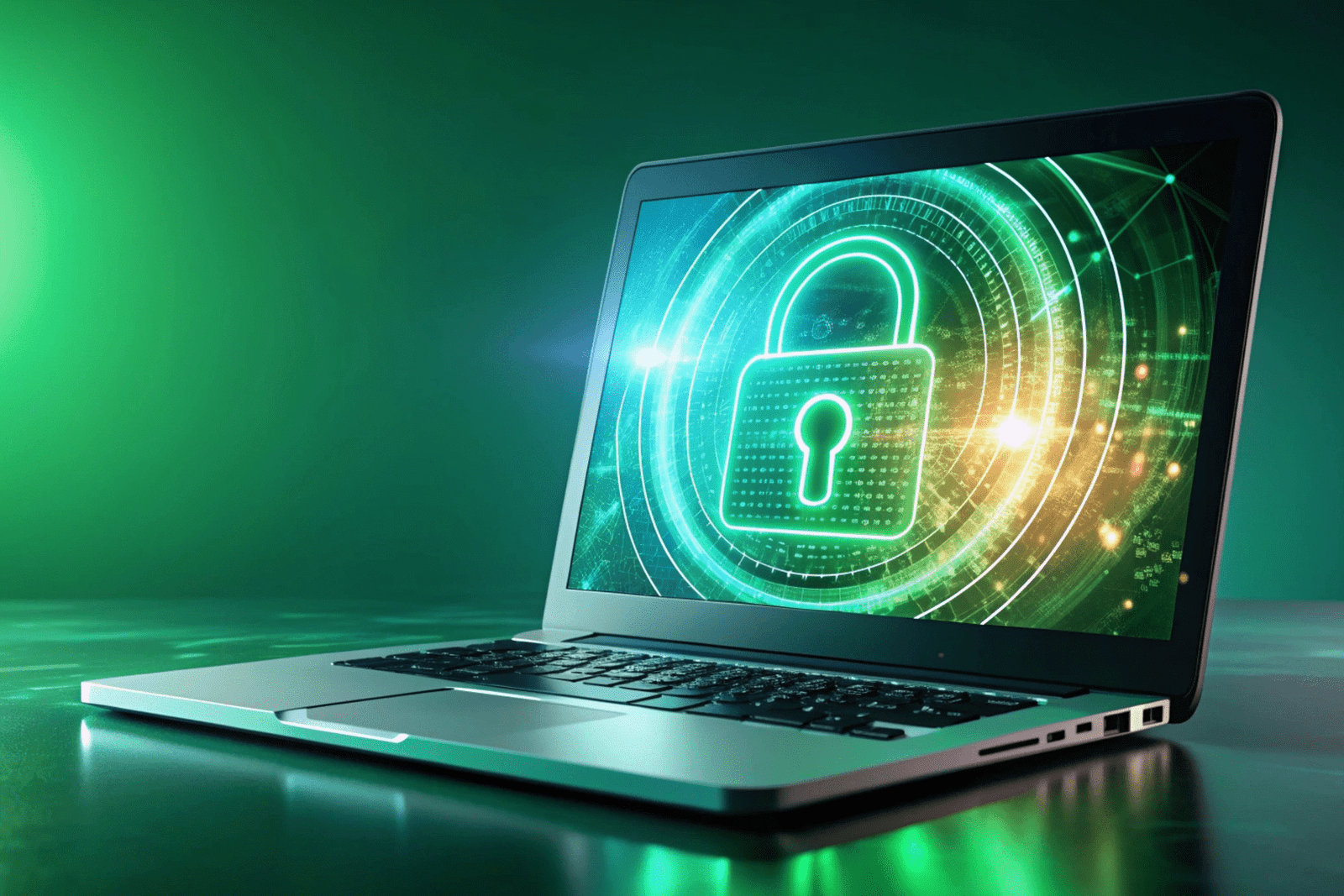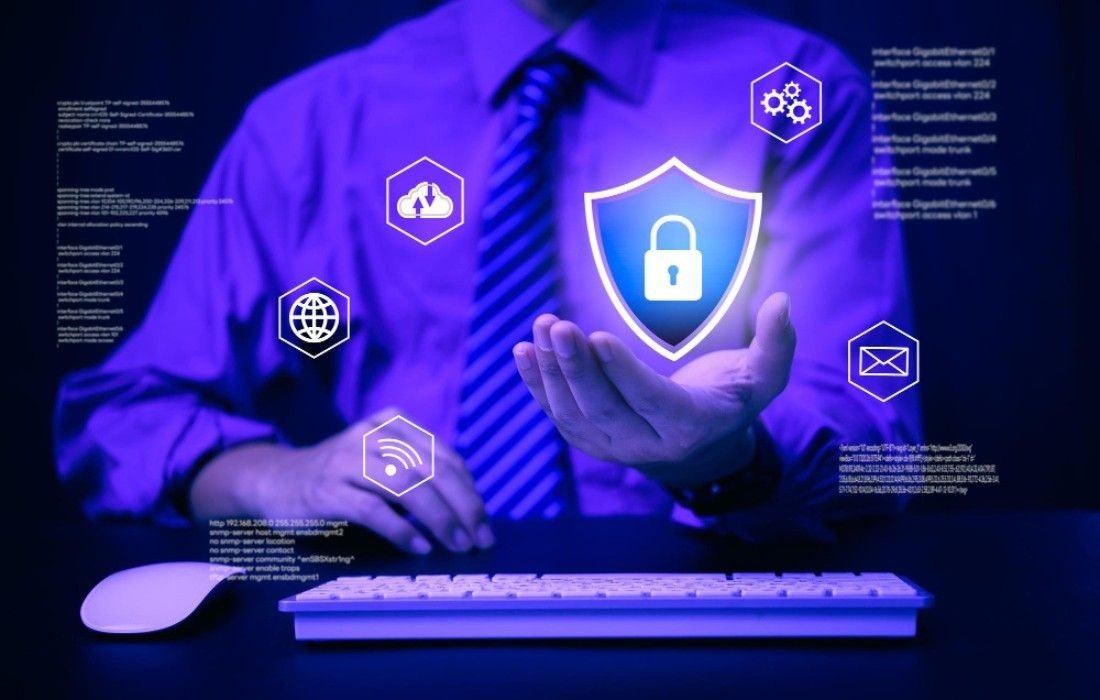Recently, Cybersecurity has become even more of a priority than before as the process of digitalization is expanding at a record-high pace. Companies, states, and individuals relying on technology are shifting the danger scene at a much faster pace. For the organizations which intend to protect themselves and their data from the thieves they have to be innovative and familiar with the trends that are coming up. These are some of the leading cybersecurity trends and future-securing tactics.
Rise of Artificial Intelligence and Machine Learning
The landscape of cybersecurity and its trends is evolving due to the effects of artificial intelligence (AI) and machine learning (ML). Use of artificial intelligence in the analysis of big data in real-time allows for the discovery of discrepancies that can be a threat. Analyzing prior data, these machine learning systems can identify patterns and predict future threats. They increase the overall security, perform actions on their own, and facilitate threat identification.
Strategy: Upgrade security through the use of artificial intelligence and machine learning security technologies to increase the capability to detect and prevent threats. Implement systems that incorporate these technologies to analyze traffic, identify malicious code, and locate potential vulnerabilities.
Increased Focus on Zero Trust Architecture
Developed under the premise of “never trust, always verify,” Zero Trust is a security framework. Zero Trust also requires user and device verification at all times irrespective of the location, thereby negating the idea that anything inside a network is always secure. This method restricts access fully and allows monitoring of all operations hence minimizing the risks.
Strategy: Implement network segmentation, enforce least privilege access rules, and incorporate multi-factor authentication (MFA) to transition to a Zero Trust model. Access restrictions should also be reviewed and modified at regular intervals to ensure its adhere to the least privilege concept.
Expansion of Cloud Security
The protection of cloud environments rises to the limelight as more firms shift to the consumption of cloud services. While cloud providers offer numerous security features, businesses have to understand that the shared security responsibility model requires additional measures.
Strategy: Develop a comprehensive and holistic cloud security strategy using access control measures, encryption, and continuous audits. Ensure that cloud configurations are set up securely and scan cloud deployments regularly for vulnerabilities.
Growth of Ransomware Attacks
Targeting companies of all kinds and sectors, ransomware attacks have becoming more frequent. Cybercriminals demand pay-back and encrypt data using advanced methods. Such attacks can do terrible damage on reputation as well as financial ones.
Strategy: Plan to use strong backup and recovery systems to lessen ransomware’s effects. Teach staff members to keep excellent cybersecurity hygiene and to spot phishing efforts. Update and fix systems often to handle discovered weaknesses.
Emphasis on Privacy and Data Protection
Organizations have to give data protection a priority and follow rules including GDPR, CCPA, and others as growing worries about data privacy call for it. Maintaining consumer confidence depends on safeguarding personal and sensitive data in addition to being a legal need.
Strategy: Create and implement a data security plan including regular audits, access restrictions, and data encryption. Make sure you follow pertinent data protection rules and keep updated about legislative developments.
Rise of Cybersecurity Skills Shortage
The industry’s notable skill gap results from the demand for cybersecurity experts surpassing their availability. Companies battle to identify suitable staff members to oversee and improve their security posture.
Strategy: Invest in training and development initiatives to draw fresh talent and equip current staff members. Work with academic institutions and take part in industrial projects aiming at closing the talent gap.
Integration of Security into DevOps (DevSecOps)
Integrating security into the development process becomes crucial when development and operations teams adopt Agile and DevOps techniques. Emphasizing the importance of security being ingrained all throughout the software development process, DevSecOps is
Strategy: Using security tools and procedures into the CI/CD process will help you to apply DevSecOps. Make sure security is given thought throughout the phases of design, development, testing, and deployment.
Advancement in Threat Intelligence
Threat intelligence is compiling and evaluating material about possible hazards and weaknesses. Through practical insights, it enables companies to foresee and equip for cyberattacks.
Strategy: Use threat intelligence feeds and platforms to keep aware of vulnerabilities and new risks. Including threat intelligence in security operations can help to improve proactive defensive strategies and incident response.
Emergence of Quantum Computing Threats
Although quantum computing could transform many other sectors, it also threatens present encryption techniques. Significant security issues could arise from quantum computers, perhaps breaking conventional cryptography techniques.
Strategy: Start looking at quantum-resistant cryptographic techniques and create plans to move to quantum-safe encryption systems. Keep educated about developments in quantum computing and how they affect cybersecurity.
Growing Importance of Security Awareness Training
Still, a major component of cybersecurity breaches is human mistakes. Good security awareness training will enable staff members to identify and handle possible hazards, therefore lowering the likelihood of effective attacks.
Strategy: Run frequent security awareness campaigns for staff members of all stripes. Emphasize issues that include safe online behavior, password management, and phishing. Review training resources constantly to handle changing risks.
Growing Adoption of Blockchain for Security
Though mostly associated with cryptocurrency, blockchain technology is under increased investigation for its capacity to improve security. Its distributed and unchangeable character allows one to increase data integrity, safe transactions, and openness.
Strategy: Explore and use blockchain solutions for use in identity verification, safe data exchange, and supply chain management. Examine how blockchain technology might support current security protocols and help to create a more robust security posture. Maintaining current on advancements in blockchain technology and its uses in cybersecurity will help you to fully utilize this tool.
Blockchain presents special advantages for preserving data integrity and guaranteeing safe transactions, therefore augmenting the cybersecurity toolkit.
Conclusion
The potential and difficulties in cybersecurity change along with the digital terrain. Organizations may better defend themselves against new risks and ensure their digital future by keeping educated about the newest cybersecurity trends and using proactive solutions. Navigating the complicated and often shifting terrain of cybersecurity trends will depend mostly on embracing technology like artificial intelligence and machine learning, adopting Zero Trust ideas, and funding cloud security, among other measures.
Also Read: Get The Latest Version Of My Boy Pro Apk For Android











